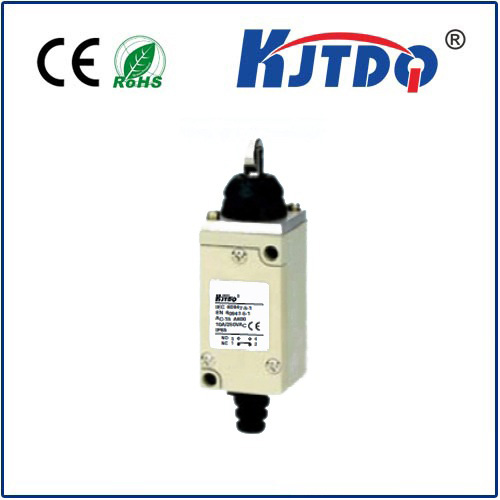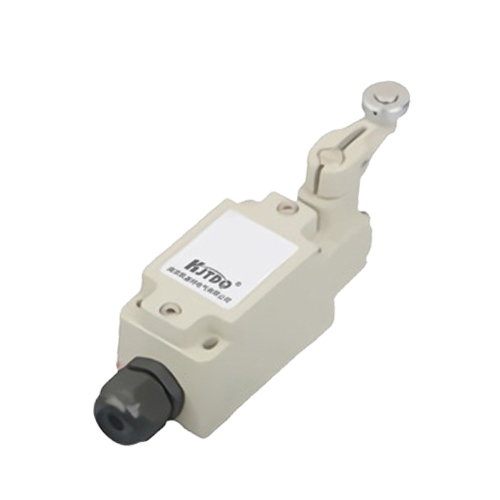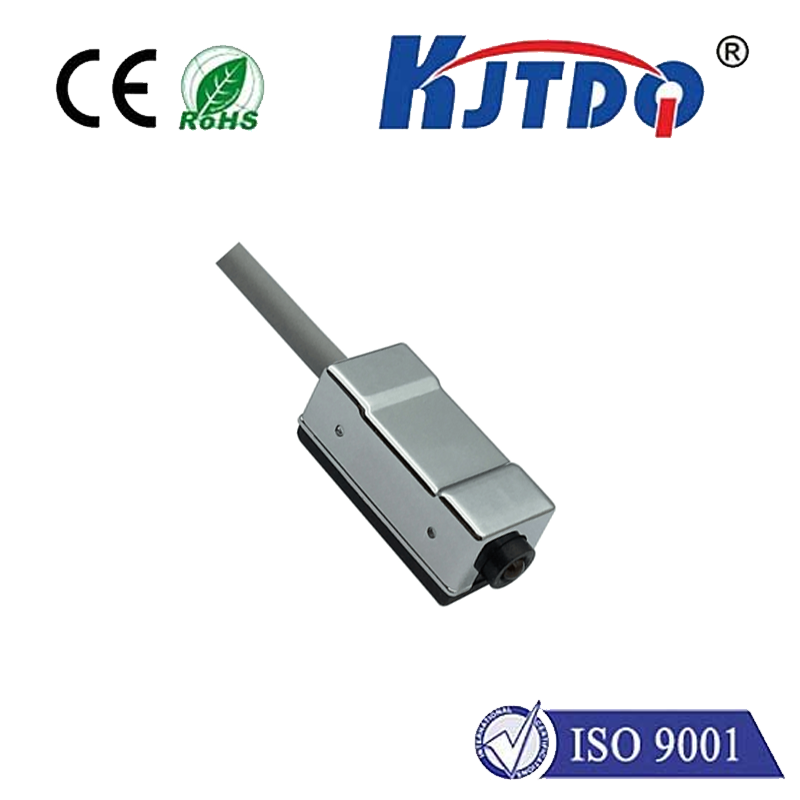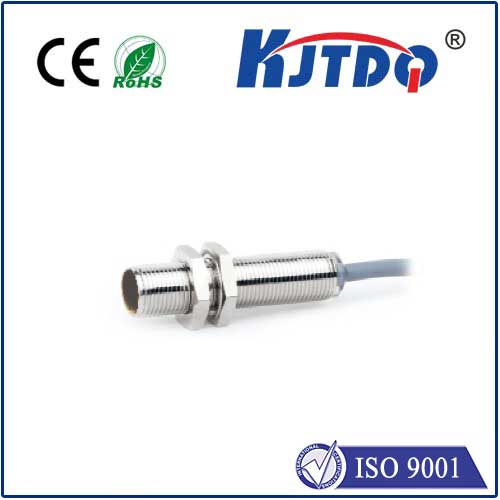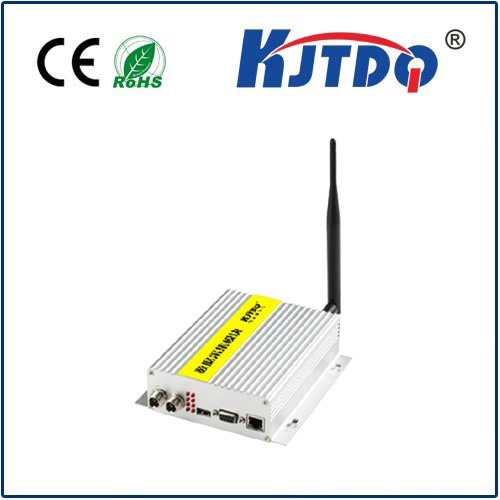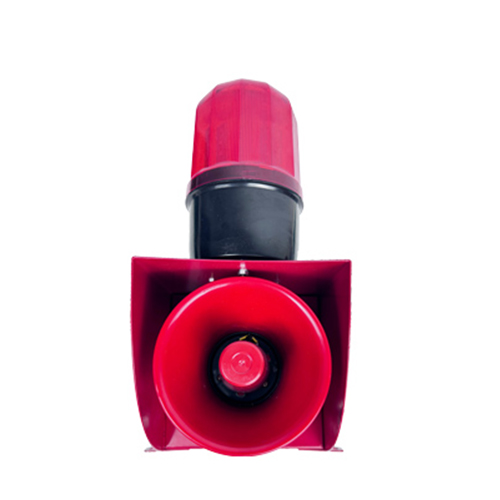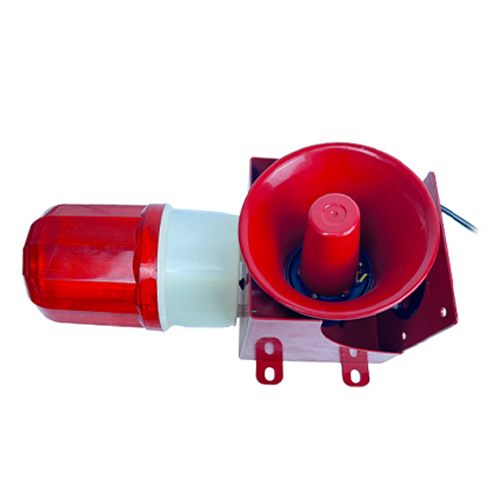
Title: The Marvel of Modern Technology: Understanding the Microwave Proximity Sensor In our fast-paced, tech-driven world, innovations that enhance convenience and safety have become paramount. One such breakthrough is the microwave proximity sensor. This cutting-edge technology has revolutionized how we interact with devices in various applications, from automatic doors to advanced security systems. Let’s delve into what makes these sensors so special and explore their myriad uses. The Basics: How a Microwave Proximity Sensor Works A microwave proximity sensor, or simply a microwave sensor, operates by emitting microwave signals and analyzing their reflection to detect the presence, distance, and motion of objects within its range. Unlike traditional infrared sensors that rely on light emissions, microwave sensors can function effectively regardless of ambient light conditions, making them ideal for both indoor and outdoor use. Their ability to penetrate dust, smoke, and fog without interference further enhances their reliability in diverse environments. Applications That Showcase Versatility One of the primary attractions of microwave proximity sensors lies in their versatility. In industrial settings, they ensure worker safety by detecting human presence near hazardous machinery, triggering immediate shutdowns to prevent accidents. Retail stores employ them to monitor foot traffic patterns, optimizing store layout and enhancing customer experience. Additionally, in smart home technologies, these sensors automate lighting systems and control access to secure areas, adding layers of convenience and security for homeowners. Revolutionizing Automotive Safety and Convenience The automotive industry has also embraced the capabilities of microwave proximity sensors. They play a vital role in modern vehicles, enabling features like adaptive cruise control, collision avoidance systems, and parking assistance. By accurately measuring the distance between vehicles and obstacles, these sensors contribute significantly to road safety and driver assistance, paving the way for the future of autonomous driving. Environmental Impact and Energy Efficiency Beyond personal and commercial applications, microwave proximity sensors promote environmental sustainability by supporting energy-efficient practices. For instance, in street lighting and HVAC systems, они intelligently adjust operations based on occupancy, reducing unnecessary energy consumption. This not only conserves resources but also lowers utility costs, making it a win-win situation for both users and the planet. Embracing the Future with Microwave Proximity Sensors As we continue to advance technologically, the adoption of microwave proximity sensors across different sectors will undoubtedly increase. Their ability to provide accurate, reliable detection under varying conditions, coupled with their contribution to safety, efficiency, and environmental conservation, positions them as a cornerstone of modern sensing technology. From enhancing everyday conveniences to safeguarding lives in critical situations, microwave proximity sensors truly embody the marvel of modern innovation. In conclusion, the microwave proximity sensor stands as a testament to human ingenuity and the relentless pursuit of better solutions. Its wide array of applications demonstrates how seemingly simple technological advancements can profoundly impact our lives, making it a fascinating subject worth understanding and exploring further.
